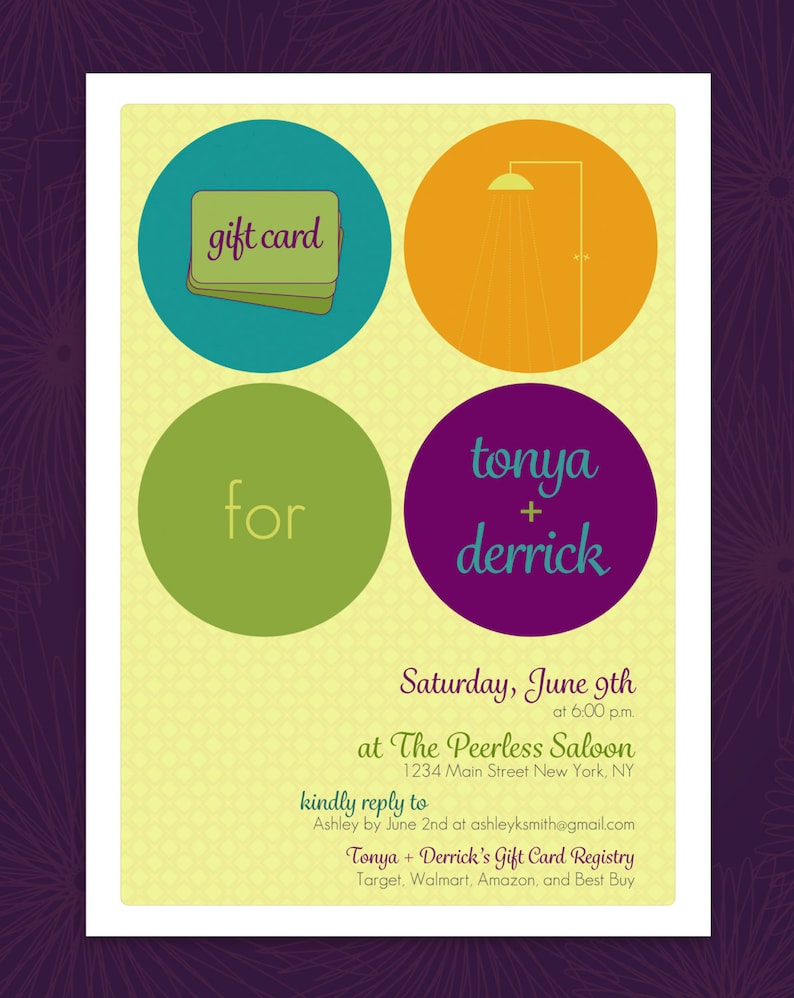Why Custom Glass Is A Thoughtful Get Well Gift
Famous Historical Glass Engravers You Should KnowGlass engravers have been very competent artisans and artists for countless years. The 1700s were specifically notable for their accomplishments and appeal.
For example, this lead glass goblet demonstrates how inscribing integrated style fads like Chinese-style concepts into European glass. It likewise highlights how the skill of a great engraver can generate imaginary depth and visual structure.
Dominik Biemann
In the initial quarter of the 19th century the traditional refinery region of north Bohemia was the only location where ignorant mythical and allegorical scenes engraved on glass were still in fashion. The goblet visualized below was etched by Dominik Biemann, who focused on little pictures on glass and is considered as one of the most essential engravers of his time.
He was the kid of a glassworker in Nové Svet and the bro of Franz Pohl, an additional leading engraver of the duration. His work is characterised by a play of light and shadows, which is particularly obvious on this cup presenting the etching of stags in woodland. He was also known for his deal with porcelain. He passed away in 1857. The MAK Gallery in Vienna is home to a big collection of his jobs.
August Bohm
A notable Nurnberg engraver of the late 17th century, Bohm worked with delicacy and a sense of calligraphy. He engraved minute landscapes and inscriptions with bold formal scrollwork. His work is a precursor to the neo-renaissance style that was to dominate Bohemian and other European glass in the 1880s and beyond.
Bohm embraced a sculptural feeling in both relief and intaglio engraving. He exhibited his mastery of the latter in the finely crosshatched chiaroscuro (watching) impacts in this footed goblet and cut cover, which portrays Alexander the Great at the Battle of Granicus River (334 BC) after a painting by Charles Le Brun. In spite of his significant skill, he never achieved the fame and fortune he sought. He died in scantiness. His better half was Theresia Dittrich.
Carl Gunther
Regardless of his vigorous job, Carl Gunther was a relaxed male that took pleasure in hanging out with friends and family. He liked his everyday ritual of visiting the Collinsville Senior Facility to appreciate lunch with his pals, and these minutes of friendship offered him with a much needed respite from his requiring job.
The 1830s saw something rather remarkable happen to glass-- it became colorful. Engravers from Meistersdorf and Steinschonau developed highly coloured glass, a taste known as Biedermeier, to meet the need of Europe's country-house courses.
The Flammarion engraving has become an icon of this brand-new taste and has shown up in publications dedicated to science as well as those discovering necromancy. It is likewise found in countless gallery collections. It is thought to be the only surviving instance of its kind.
Maurice Marinot
Maurice Marinot (1882-1960) began his profession as a fauvist painter, but came to be interested with glassmaking in 1911 when going to custom glass message ideas the Viard brothers' glassworks in Bar-sur-Seine. They offered him a bench and showed him enamelling and glass blowing, which he grasped with supreme skill. He created his own techniques, making use of gold flecks and exploiting the bubbles and various other natural flaws of the product.
His method was to deal with the glass as a creature and he was one of the initial 20th century glassworkers to utilize weight, mass, and the visual result of all-natural imperfections as visual elements in his jobs. The exhibit shows the considerable impact that Marinot carried modern glass manufacturing. Sadly, the Allied bombing of Troyes in 1944 ruined his studio and hundreds of drawings and paints.
Edward Michel
In the early 1800s Joshua presented a style that resembled the Venetian glass of the period. He made use of a method called ruby point inscription, which includes scratching lines right into the surface of the glass with a difficult metal carry out.
He also established the first threading maker. This invention permitted the application of long, spirally wound tracks of color (called gilding) on the main body of the glass, an essential function of the glass in the Venetian design.
The late 19th century brought new layout ideas to the table. Frederick Kny and William Fritsche both operated at Thomas Webb & Sons, a British company that focused on high quality crystal glass and speciality coloured glass. Their job reflected a preference for timeless or mythological topics.
